Electric bicycles, or e‑bikes, combine a traditional bicycle’s pedals with an electric motor that provides pedal-assist (pedelec) or throttle control. This means riders can enjoy pedaling with less physical effort or even travel entirely under motor power without pedaling at all .
2. A Booming Market: Trends & Growth

🌍 Global Landscape
- Annual e‑bike sales are projected to exceed 40 million units by 2025, with Asia-Pacific leading at over 60% market share, led by innovation hubs in China and growing markets like India .
- The urban segment dominates at about 39% of total market share in 2025, driven by commuters and sharing services .
- Cargo e‑bikes are increasingly used in delivery, logistics, and family errands for their payload capacity and eco-friendliness.
🔧 Technology & Infrastructure
- Battery innovation continues with lithium-ion dominance, emergence of sodium-ion and solid-state systems offering faster charging, higher energy density, and longer life .
- Smart features—GPS tracking, app integration, anti-theft systems—are now common, improving safety and usability .
- Governments worldwide are supporting e‑bike adoption through subsidies, tax breaks, and cyclist-friendly policies .
📉 Challenges & Investment Risks
- High initial costs remain a hurdle despite long-term savings .
- Variability in regulations across countries can limit access or use on bike paths .
- Battery recycling and supply chain hurdles—especially around cobalt sourcing and disposal—pose long-term sustainability risks .
- Trade uncertainties and overproduction are squeezing profits in some markets (e.g., Brompton’s sales drop over 99%).
3. Why Ride an Electric Cycle? 🤔

✅ Key Advantages
- Effortless commuting: Pedal-assist or throttle support makes urban traffic and steep hills easier to navigate, with less sweat and more speed.
- Health benefits: Offers light-to-moderate exercise, improving cardiovascular health, joint mobility, mood, and overall fitness .
- Low running cost: No fuel expenses, minimal maintenance, and potential rebates in many areas—especially models under ₹30,000 in India offer great ROI .
- Eco‑friendly commuting: Zero tailpipe emissions, and significant carbon savings if replacing car trips—up to 50% CO₂ reduction in regions like the UK .
- Accessibility & inclusion: Great for older adults and those with mobility challenges—many regain biking confidence and freedom via e‑bikes.
⚠️ Considerations
- Higher upfront cost than simple bicycles; though offset by long-term savings .
- Battery limitations: Range depends on battery size and usage; frequent charging may be required for longer rides.
- Legal restrictions: Speed/power caps and access to paths vary by region (e.g., UK limits pedelecs to 25 km/h and 250 W) .
4. Types of Electric Cycles 🚲
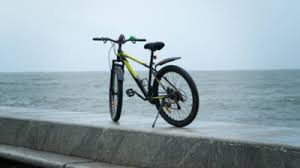
| Type | Description |
|---|---|
| Pedelec (Pedal Assist) | Motor kicks in only while pedaling—legal and common in many regions . |
| Throttle-Controlled | Operates like a scooter without needing to pedal; popular for convenience . |
| Folding/Lightweight | Compact models for commuters and minimal storage—often <$1500–2000 USD . |
| Cargo/Delivery Models | Built for hauling goods, popular in logistics and family trips . |
5. Use Cases: Who Benefits Most?
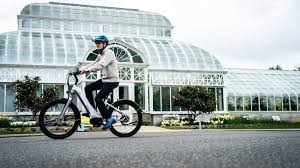
👤 Urban commuters
Navigate traffic quickly, park easily, and enjoy the cost savings.
🧓 Older riders or those with limited mobility
Pedal assistance makes longer rides accessible—no sweat uphill, more confidence on rides .
🛍️ Delivery & logistics
Cargo models simplify last-mile delivery and reduce vehicle emissions for businesses.
🚲 Adventure & fitness fans
Fat‑tyres and off-road e‑bikes let riders explore further, with controlled assistance on tough terrain.
🏘️ Rental & tourism
Hotels, urban tours, and rental services are increasingly offering e‑bike options for eco-tourism.
6. Becoming Smart: Conversion Kits 🌟
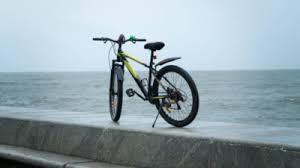
Rather than buying a new e‑bike, users can convert existing bicycles using kits:
- Brands like Cytronex, Bafang, Swytch, and Zehus offer varied options from hub to mid-drive conversions.
- Benefits: lower cost, reuse of an existing bicycle, and customizable performance.
- Drawbacks: potential install complexity, compatibility issues, and slightly reduced power compared to dedicated e‑bikes.
7. Electric Cycles & the Indian Market 🌏
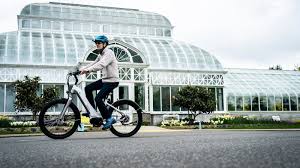
While scooters dominate the EV two-wheeler space in India (6% penetration), electric cycles remain a niche segment—but for good reason:
- Companies like Hero Lectro are popular in Bangalore for daily commutes. Typical battery range: 20‑25 km on smaller 36 V/6.36 Ah packs .
- Local climate, traffic patterns, and government incentives can make e‑cycles a practical and economical urban mobility choice.
8. Final Thoughts: Why Now Is the Time for E‑Bikes
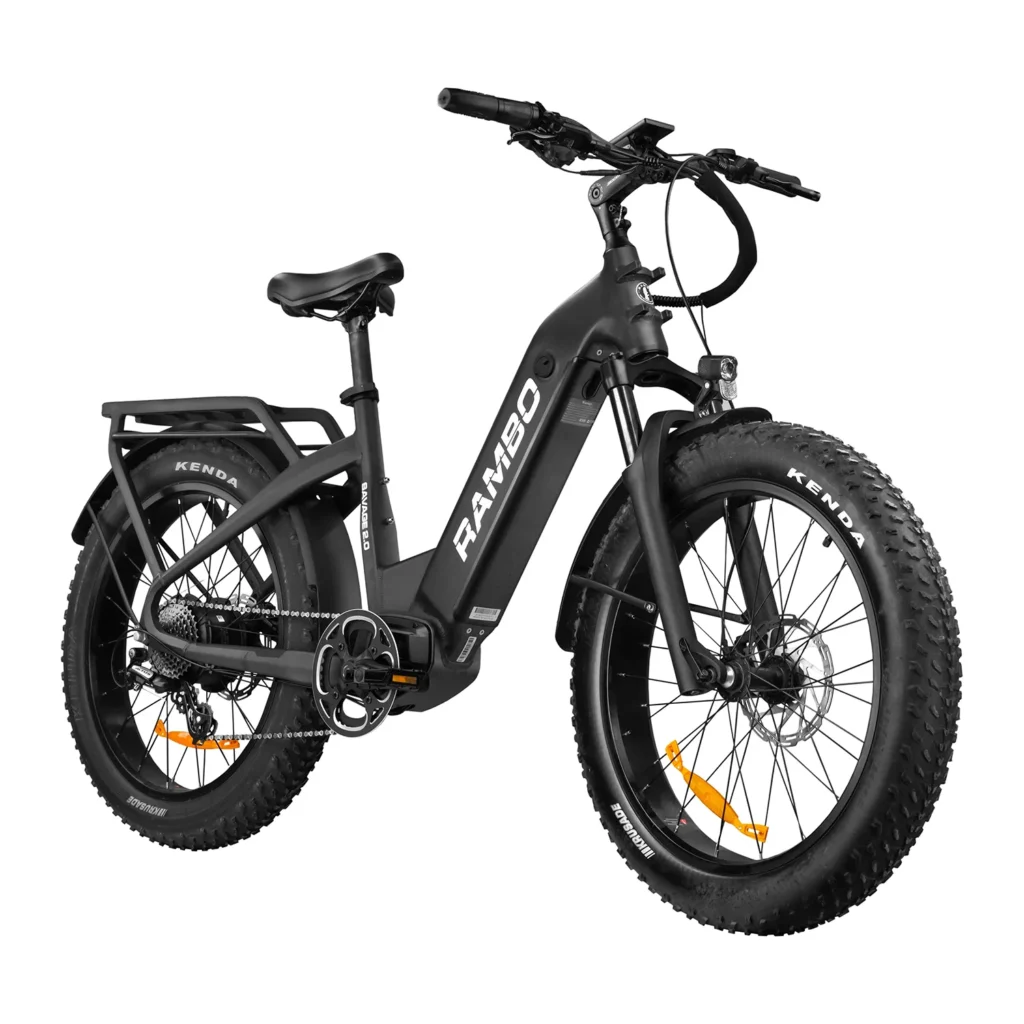
Electric cycles are redefining mobility—combining convenience, sustainability, fitness, and cost-efficiency. With governments backing infrastructure, emerging battery and connectivity tech, and a broader variety of models now available, e‑bikes are no longer niche—they’re the future of everyday riding.









